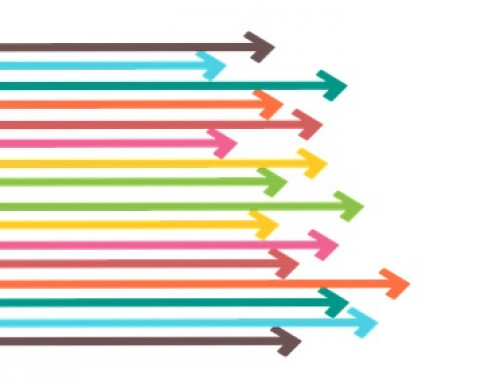
The art and science of customer service have become increasingly rare in American commerce. Any one of us can recount stories of poor—sometimes outrageously poor—customer service that not only left us frustrated but also engendered resentment toward the company that appeared to care so little about the customers who generate its profits.
Let’s review a fairly recent example of bad service. A couple of years ago, I dealt with a cable company whose name, ironically, included the word “communications.” Technician after technician had come to repair my internet service, but horrendous problems persisted. When I recently made yet another call to customer service, I navigated an automated menu and then spent 10 minutes on hold before I spoke with a customer service representative about the ongoing problems. Because the problems had been so persistent, the customer service agent relayed me to the “customer loyalty” department, assuring me that they would have all the details of my problems and would be empowered to solve them. But when I reached that department, they knew nothing about the issues, had no authority to solve my problems, and simply sent me back to the automated menu, where I waited for another 15 minutes before speaking with a second customer service representative.
That representative seemed sympathetic to the problem and assured me that she knew just the office that could help. She not only transferred me to that office but also gave her their direct number, in case I was disconnected and needed to call back. But my hopes were dashed when I discovered that this department was for internal use only and, without an access code, I could not reach anyone in it. So back to the automated menu I went.
By the time I reached the third customer service representative, this process had consumed 45 minutes of my busy morning. The only remedy that the third representative could offer was to send yet another technician to attempt to solve the problem. By this point, I stood ready to move quickly to one of the company’s competitors. Soon after, I cancelled my account.
Here lies an excellent illustration of what economist Max Weber called the “iron cage,” of systems created to solve problems that end up undermining the company’s goals and alienating its customers. Unfortunately, this story proves all too familiar in both business-to-consumer and business-to-business markets. The consequences of experiences like this can prove staggering for your business.
This is where a system like Concierge Customer Service™ can turn out to be a lifesaver for your organization — and your customers too!
 This blog post is based off material from my book with Randy MacLean, “YOU CAN’T SERVE THEM WELL IF YOU DON’T KNOW THEM WELL: Capturing and Captivating Customers with Concierge Customer Service™”
This blog post is based off material from my book with Randy MacLean, “YOU CAN’T SERVE THEM WELL IF YOU DON’T KNOW THEM WELL: Capturing and Captivating Customers with Concierge Customer Service™”
You can get the first two chapters for FREE here.
If you’d like a full copy of the entire book, you can get it here.
 Dr. Jeanne Hurlbert, President of Hurlbert Consulting is an expert in sociology and survey research. After spending more than 25 years in academia, she now uses her extensive behavioral science expertise to help companies like yours distinguish yourselves through customer service. What sets her approach to customer service apart is that she begins by helping companies meld research and marketing to find out exactly
Dr. Jeanne Hurlbert, President of Hurlbert Consulting is an expert in sociology and survey research. After spending more than 25 years in academia, she now uses her extensive behavioral science expertise to help companies like yours distinguish yourselves through customer service. What sets her approach to customer service apart is that she begins by helping companies meld research and marketing to find out exactly
(a) what their customers want and
(b) how well they’re succeeding in giving customers what they want.
You can schedule a consult with her by going to www.ConciergeCustomerService.com; you can call her at 888-590-9677; or send an email here. And, if you’d like to complete her complimentary assessment to see how well you’re doing in knowing and serving your customers well, just go to www.FixYourService.com.





